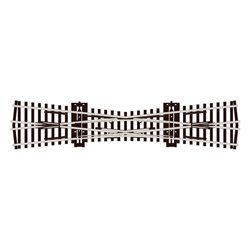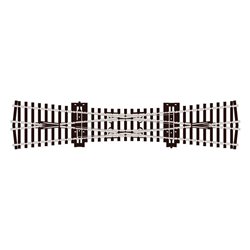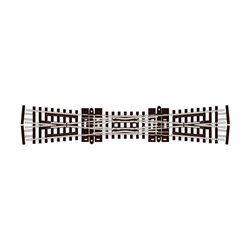DCC ready means that the loco is designed to be fitted with a DCC chip. At the factory a small piece of circuitry is...
No products
Product successfully added to your shopping cart
There are 0 items in your cart. There is 1 item in your cart.
Search Tips
Christmas and New Year
We are dispatching orders every weekday apart from Christmas Day, Boxing Day and New Year's Day.
If you order is time critical, select next day delivery at checkout.
The shop in Sandown is closed from 25th December, reopening on 30th December.
Where would I typically use single or double-slip points on a layout?
Single-slip points are typically used in situations where one track merges into another at an angle. For example, if a branch line joins a mainline at a slight angle, a single-slip point can be used to allow trains to transition smoothly from one track to the other. A single slip also will allow access to both exits in one direction only. This means a single slip can effectively be used as a safety feature. A single slip may be used when crossing a track of opposing direction on approach to a station. The single slip will allow one exit from the slip, i.e to the station but will prevent a head-on situation with a train on the opposing track.
Double-slip points, on the other hand, are used in situations where greater options for exits are required. They allow trains to cross from one track to the other, in either direction. This is an ideal option when approaching a multi-platformed station as it will allow for a greater option of potential exits for trains approaching the station.
Both single and double-slip points are useful for creating more complex track layouts and for allowing trains to run on multiple tracks. However, they can be more difficult to install, operate and maintain than simple straight tracks, so they are typically used only where necessary.
Click here to receive the tips weekly in your mailbox. You can unsubscribe at any time.










